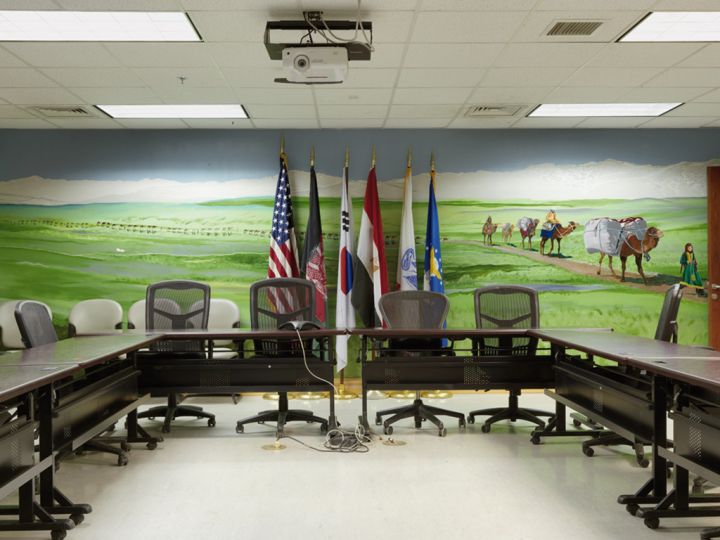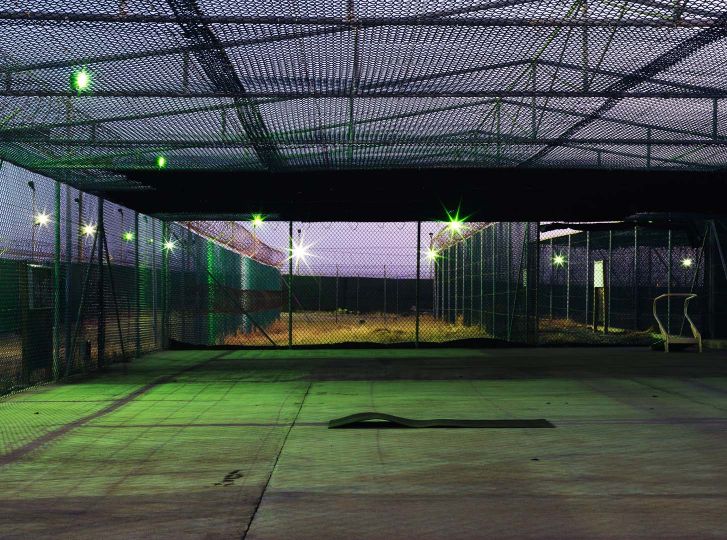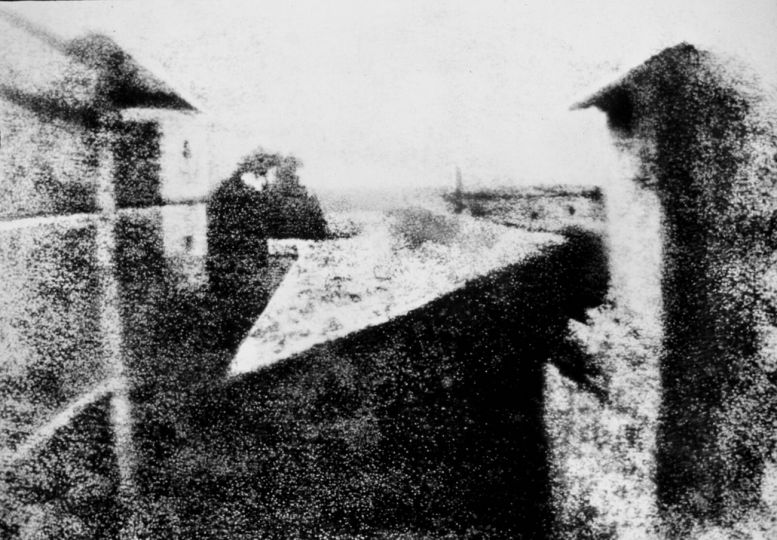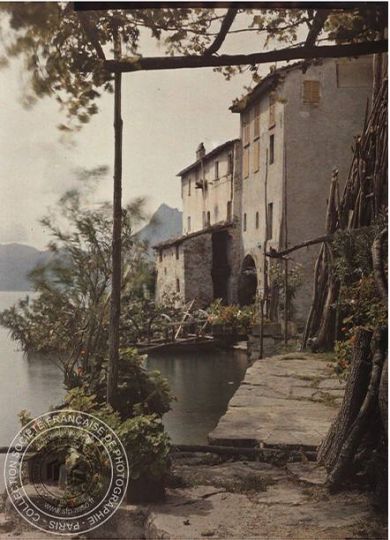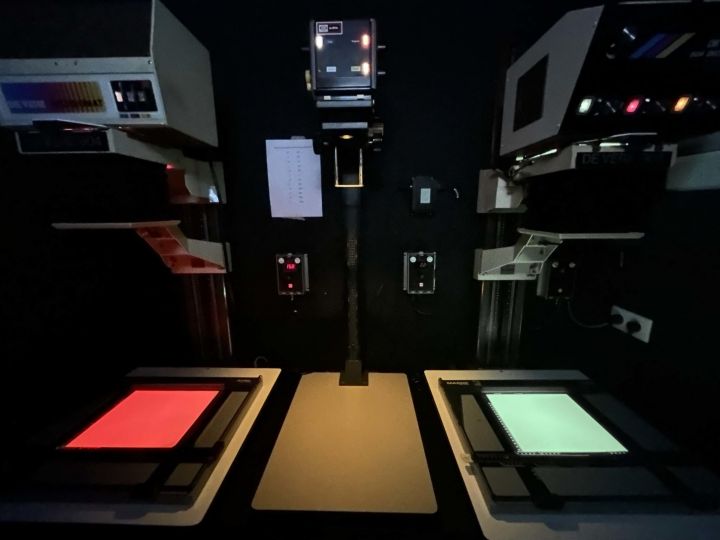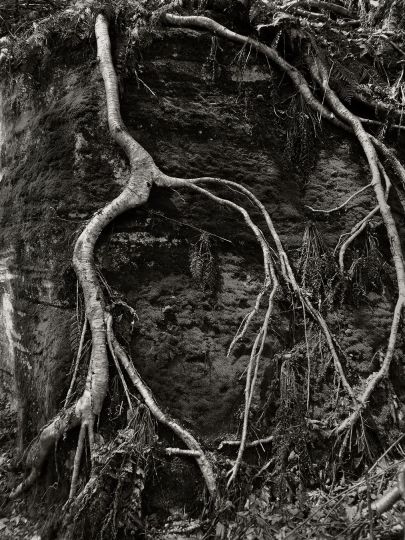The Mountains of Majeed Edmund Clark, we read on the cover of a book whose design mimics a spiral calendar whose pages turn like the passing months. The combination of names is ambiguous, blending Eastern and Western into a universal element of mythology. These mountains of Afghanistan are painted in bright oils by a local artist known only as Majeed, and discovered in the cafeteria of the US military base Bagram Airfield by the photographer Edmund Clark.
These mountains are also featured in a poem by Hejran, a composer of amateur verse, and they resound with the cries of resistance fighters. “Once again screams are heard from the top of the mountain over there; Screams are heard from each valley, from each peak,” he wrote in 2007. For American soldiers, Bagram is a base. For the Afghans, it is where the Ghorband and Panjshir Rivers meet, at the foot of the Hindu Kush. Since the war—which American authorities regrettably dubbed “Enduring Freedom”—the mountains have become a home to rebels, who cannot be found among the sandy, labyrinthine ridges.
The mountains tower over the high concrete walls of the base, impervious to American artillery. Romantic and disturbing, they appear in every photograph taken by Edmund Clark from the inside of Bagram. Like 16th-century Flemish paintings, they are as blue as a stormy sky, as beige as a pile of debris. Ubiquitous in stone and painting alike, they dominate Afghan iconography, reflecting the history of the country from the perspectives of both civilians and diplomats.
http://www.herepress.org/publications/the-mountains-of-majeed/

